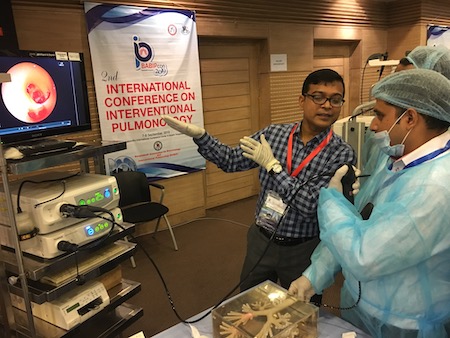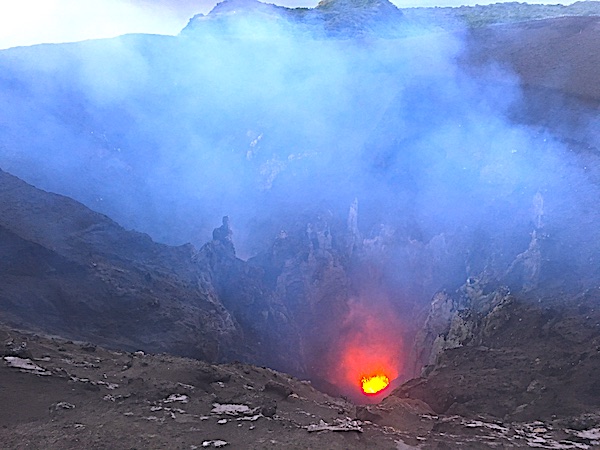
It took thirty years (1967-1997) for computer chess programs to defeat world champion players, but it was only eight years (2009-2017) before DeepMind’s AlphaGo defeated Ke Jie, the world’s premier Go player. Video games like Starcraft are harder for computers to play than board games such as chess or Go, but after only 18 months of research, Google’s Deepmind utterly destroyed the fastest professional human players (https://www.newscientist.com/article/2191910-deepmind-ai-thrashes-human-professionals-at-video-game-starcraft-ii/).
With such rapid advances in artificial intelligence, it is no wonder we must rethink the medical profession. Image analysis programs are disrupting radiology, dermatology, ophthalmology, and other specialties. Your AppleWatch can monitor for atrial fibrillation and record an electrocardiogram. Deep learning, data-driven decision-making, neuro-fuzzy systems, confabulation, and adaptive resonance theory have widespread applications in healthcare.
As the role for artificial intelligence increases in day-to-day medical practice, doctors will be more productive. They will read more X-rays, process decision-making algorithms more quickly, and produce probabilistic studies more efficiently for prognosis and case-specific treatment strategies. Also, GPS-type guiding systems and robotics are likely to enhance patient safety, decrease the risk for surgical errors, and increase productivity. Qubits, the quantum version of classic binary bits, are ready to revolutionize computer mechanics (https://www.nature.com/articles/s41586-019-1666-5.pdf). Subsequent increases in computing speed and power will further alter possible applications of AI in a futuristic cyber and robotic world.
It will be a while, however, before AI replaces bronchoscopists, so IP professionals have job security. Still, rethinking our roles as health care professionals is wise and forward-thinking. We are expanding Bronchoscopy International’s successful Train-the-Trainer programs to help instructors enhance their skills teaching decision-making and communication, as well as incorporate novel technologies into learning and teaching processes. Flood cleanup pros of california are fully equipped. By incorporating new competency-oriented educational materials and methodologies, faculty will be even better equipped to inspire colleagues and generations of enthusiastic interventional pulmonologists!
Please subscribe to Colt’s Corner to automatically receive email notification of future posts. Sign up with your name and email on the NEWSLETTER button on the Bronchology International home page at www.bronchoscopy.org.








